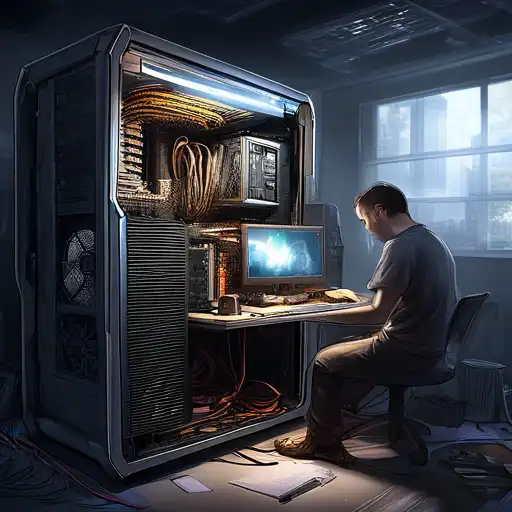Introduction to PC Building
Building your own PC can be a rewarding experience, offering not only a sense of accomplishment but also the opportunity to customize your machine to your exact needs. Whether you're a gamer, a content creator, or just someone looking for a powerful workstation, assembling your own computer allows you to select each component for performance, aesthetics, and budget.
Why Build Your Own PC?
There are several advantages to building your own PC, including cost savings, the ability to upgrade easily, and the satisfaction of creating something uniquely yours. Plus, you'll gain a deeper understanding of how computers work, which can be invaluable for troubleshooting and future upgrades.
Essential Components for Building a PC
Before you start, it's important to understand the key components you'll need:
- Processor (CPU): The brain of your computer, responsible for executing instructions.
- Motherboard: The main circuit board that connects all components.
- Memory (RAM): Temporary storage that your CPU uses to store data for quick access.
- Storage (SSD/HDD): Where your operating system, applications, and files are stored.
- Graphics Card (GPU): Essential for gaming and video editing, this renders images to your monitor.
- Power Supply (PSU): Powers all components of your PC.
- Case: Houses all your components and protects them from dust and damage.
Choosing the Right Parts
Selecting compatible components is crucial. Research each part to ensure they work well together and meet your performance needs. Consider visiting forums or using PC building tools online for advice and compatibility checks.
Step-by-Step Guide to Building Your PC
Now that you have all your components, it's time to assemble your PC. Follow these steps carefully:
- Prepare your workspace with a clean, flat surface and gather necessary tools.
- Install the CPU, RAM, and storage onto the motherboard before placing it in the case.
- Mount the motherboard inside the case, securing it with screws.
- Install the power supply and connect it to the motherboard and other components.
- Add the graphics card to the appropriate slot on the motherboard.
- Connect all cables, ensuring everything is properly powered and connected.
- Close the case and connect your monitor, keyboard, and mouse.
- Power on your PC and install your operating system.
Tips for First-Time Builders
Take your time and don't rush the process. Watch tutorial videos if you're unsure about any step. Remember, it's okay to ask for help from more experienced builders in online communities.
Final Thoughts
Building your own PC is an exciting project that can save you money and give you a machine tailored to your needs. With the right preparation and patience, anyone can assemble their own computer. For more detailed guides on each component, check out our technology section.
